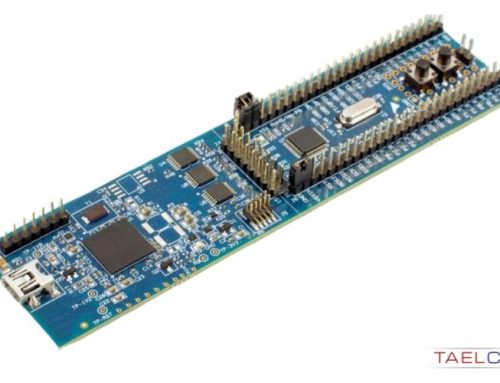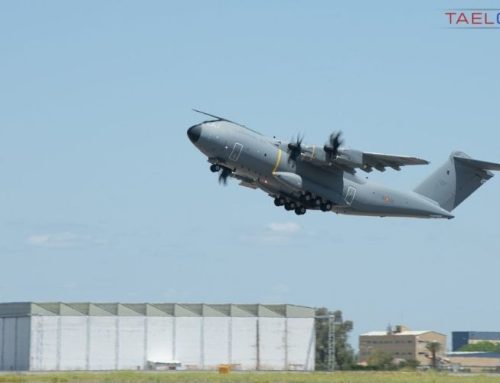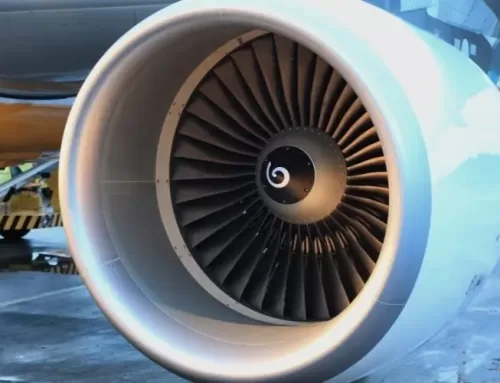What Does a Stress Engineer Do? Can AI Replace Them in the Future?
Stress engineers play a vital role in the design and manufacturing of aircraft, ensuring that critical components can withstand the forces they will encounter during their life cycle. As technology continues to advance, many wonder if artificial intelligence (AI) could potentially replace stress engineers in the future. In this article, we will explore the role of stress engineers in the aircraft industry, what they do, and whether AI has the potential to take over their jobs.
What Does a Stress Engineer Do?
A stress engineer works closely with other engineers to ensure that aircraft are structurally sound and safe for flight. Their primary responsibility is to create simulations and models that can predict the stresses and strains that specific parts of a plane will experience when flying. These models and simulations are instrumental in verifying the safety of critical components such as the wings, fuselage, and landing gear.
Stress engineers utilize sophisticated simulation software to create realistic models that precisely predict an aircraft’s behavior in various scenarios. A stress engineer will collaborate closely with other engineers to address any concerns that arise during the design process, seeking to ensure the design meets established standards for safety and performance. They will also conduct physical testing to verify the results of simulations effectively.
Once the design is complete, stress engineers will conduct a final assessment of it, ensuring that each vital component can withstand the forces it will encounter during the aircraft’s lifetime. They are critical in ensuring that aircraft are safe and reliable, and their work is essential in every phase of aircraft design and production.
What Qualifications Does a Stress Engineer Need?
A stress engineer typically needs a bachelor’s degree in mechanical or aerospace engineering, and many also have advanced degrees in applied mechanics or computational engineering. They must have excellent analytical skills, be detail-oriented, and be able to work well in a team.
Stress engineers have a deep understanding of simulation software, as well as the underlying physical principles that govern the behavior of materials and structures subjected to forces. As a result of the complexity of their work, stress engineers must be familiar with standards such as those published by the Federal Aviation Administration (FAA) and other regulatory bodies around the world.
Can AI Replace Stress Engineers?
Advancements in AI and machine learning algorithms have raised questions about whether AI-powered software is capable of replacing stress engineers. With the ability to process enormous amounts of data and identify patterns, AI is being used in manufacturing in various ways, including quality control, predictive maintenance, and supply chain optimization.
AI has also made its way into the simulation software that stress engineers use for their work. This software can simulate how an aircraft will respond to forces during flight and identify potential vulnerabilities or areas of weakness. AI-powered software can continuously evaluate an aircraft’s parts to optimize designs to create stronger, lighter, and more cost-effective parts while keeping safety and reliability in check.
However, despite the strides made by AI, it is unlikely that stress engineers will be replaced entirely by technology anytime soon. For one, stress engineers are still essential in the manufacturing process at multiple levels, from designing components to verifying the simulations accuracy, and their work continues to raise the bar for aircraft’s safety and performance standards. Additionally, unlike machines, human engineers can fine-tune testing methods and simulations to reflect real-world variability.
Moreover, stress engineers have the experience and expertise to interpret testing results and simulations, employing judgments AI isn’t yet capable of. They can verify that AI-generated simulations have factored in all the variables that may affect the real-world performance of vital components. In terms of determining model reliability, stress engineers use years of experience and technical knowledge to assess the results obtained from simulations and testing.
Stress engineers possess interpersonal skills that AI does not. When working with other teams and engineers, they are skilled communicators that can assist people from different backgrounds to understand complex engineering concepts. Without these critical soft skills, it would be a challenge to have engineering teams leverage every team’s unique strengths and capabilities.
Conclusion
In conclusion, stress engineers hold an essential role in the aircraft industry, ensuring aircraft are safe, reliable, and up to standards. Their job involves creating and verifying simulations, and in partnership with AI, they are continuously pushing the frontiers of what’s possible. When it comes to determining whether AI will replace human engineers fully, it’s doubtful. While technology advances, there are some tasks that AI cannot accomplish, and human engineers are still essential in ensuring aircraft safety and reliability. The future of aerospace engineering lies in the partnership between AI and human engineers, and it is the synergy between the technology and the human factor that will lead to the next level of advancements. In any case, stress engineers still have opportunities for growth and innovation as they continue to leverage the best AI has to offer while working towards the same objective-safe and reliable aircrafts
In this article, we have explained in detail “What Does a Stress Engineer Do? Can I Replace Them in the Future?” which is a frequently asked question in the aviation industry. If you are interested in aviation and engineering fields, you can read NASA as a global source and other articles on the TAELCO Blog as a Turkish source.






Leave A Comment